Local Condos Failing to Comply with New Milestone Inspections Law
Recent reporting by the Sun Sentinel chronicled how 124 condominium buildings, representing approximately 25,000 residences in unincorporated Palm Beach County, failed to submit their milestone inspection reports by the end of 2024 as required under the new Florida law.
The circumstances described in the article are possibly playing out in other jurisdictions throughout the state in light of the recent passing of the December 31, 2024, deadline by which many residential condominium and cooperative buildings of three stories or more throughout the state were required to have completed their milestone inspections and reports. The article indicated that Palm Beach County officials are now strongly urging the representatives of those communities to submit the required inspection paperwork as soon as possible.
The Florida law, which was enacted in response to the 2021 tragedy of the building collapse in Surfside, required associations for many residential condominium and cooperative buildings 30 years or older and with three or more stories to have filed an inspection report detailing necessary structural building maintenance and required repairs by December 31, 2024 (with the balance of such buildings having to do so by December 31, 2025, depending upon when they reached 30 years of age). During the first phase of the required milestone inspection, a state-licensed architect or engineer must examine the building to assess the condition of its main structural elements. If no repairs are needed and the building passes, the next milestone inspection is due in 10 years. For buildings in which deterioration is detected, a second phase of inspections is subsequently required to take place within the ensuing 180 days, but that timeframe can be extended if extra time is deemed necessary.
Unfortunately, some condominium and cooperative associations required to have complied failed to do so, citing factors which include a lack of funds to perform such inspections, unavailability of qualified professionals to timely perform the inspections and reports, or a general misunderstanding as to the need to comply with the required inspections. Elected and other governmental officials seem to be struggling with the best approach to compel compliance, given that stakeholders in many communities are complaining about the burdens being imposed upon them due to the inspection requirements as well as the newly enacted structural integrity reserve funding obligations, installation or upgrades of bi-directional amplification systems for emergency responders, and the need to fund costly property insurance premiums also required by state law.
The newspaper quotes Palm Beach County officials illustrating that their objective is to make sure buildings are maintained and repaired, and indicating they are neither looking to “kick people out of their houses” nor “to basically knock down buildings.”
The story indicates that in unincorporated Palm Beach County, more than 500 buildings were supposed to have filed their milestone inspection, but almost a quarter of them failed to do so. The recent reporting found that more than 100 buildings in the county have entered into the second phase of inspections, and more than 200 remain under review under the first phase. For the 124 properties that have not yet provided any milestone-inspection information, county officials say they remain in the dark about the state of those buildings.
As we continue to move past the inspection and reporting deadline, and approach the deadline for the remainder of buildings required to comply, local governmental officials will wrestle with the best approaches to enforce compliance with the requirements. Some authorities may opt to begin enforcement with a notice being sent out to remind association registered agents and directors that they are not yet in compliance, steering clear of immediately imposing fines or other penalties. However, other authorities may feel that optimal compliance with the inspection and reporting requirements may not be likely to be achieved without the threat of fines or similar measures.
The recent article further mentioned that along with potential fines, the commissioners and other officials also discussed the use of new signage to be posted at the buildings alerting residents to the fact that the structure has not yet been inspected, as well as the issuance of noncompliance notices to be distributed to all the board members.
For residential condominiums and cooperatives that do not undergo the required inspection, the potential consequences could include difficulty in obtaining insurance renewals along with increased premiums. They could also face potential legal action from their owners, who could find themselves unable to sell their residences and seeking remedies for any decreases in property values that may ensue. Ultimately, the associations for such communities may be forced to increase their assessments in response to these repercussions and any fines that may be imposed.
Our firm strongly recommends that all the associations for residential condominium and cooperative communities that have not already complied with these new requirements for milestone inspections make them an immediate priority and take all reasonable actions necessary to complete the initial phase and file the necessary report to their corresponding building department as soon as possible.
by ROBERTO BLANCH, SIEGFRIED RIVERA

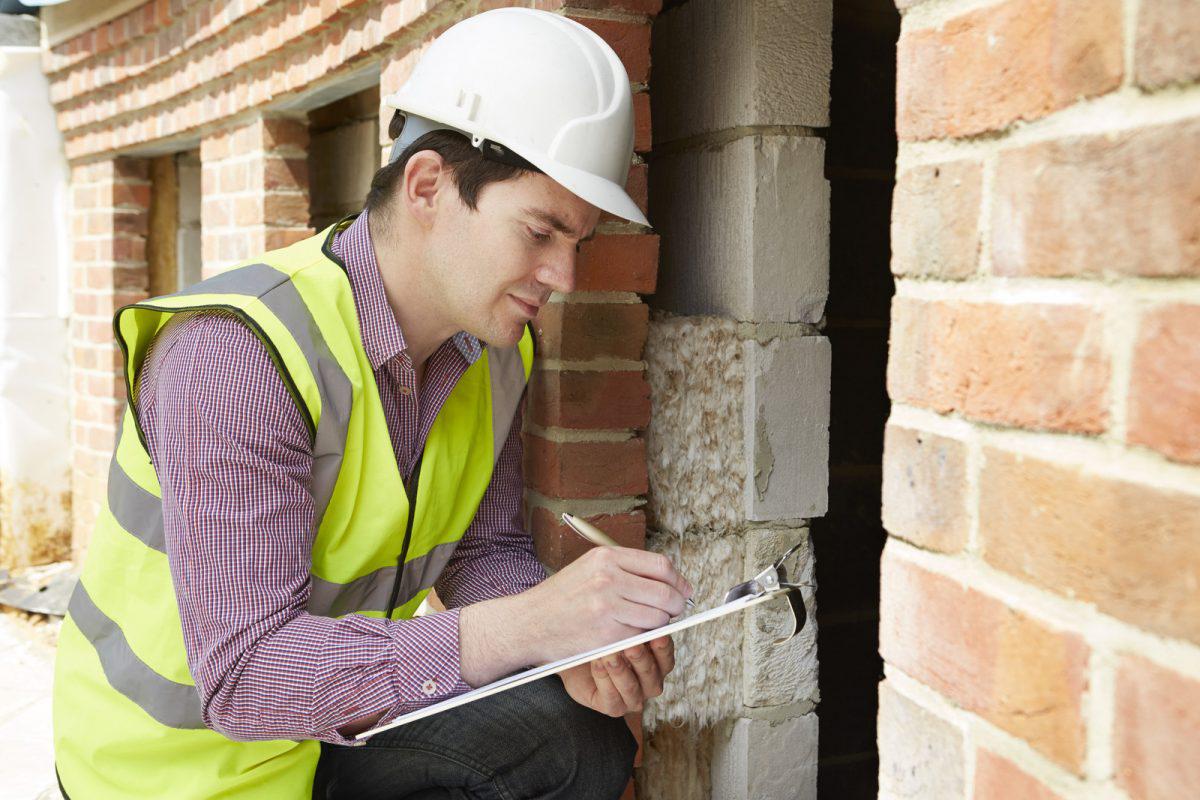
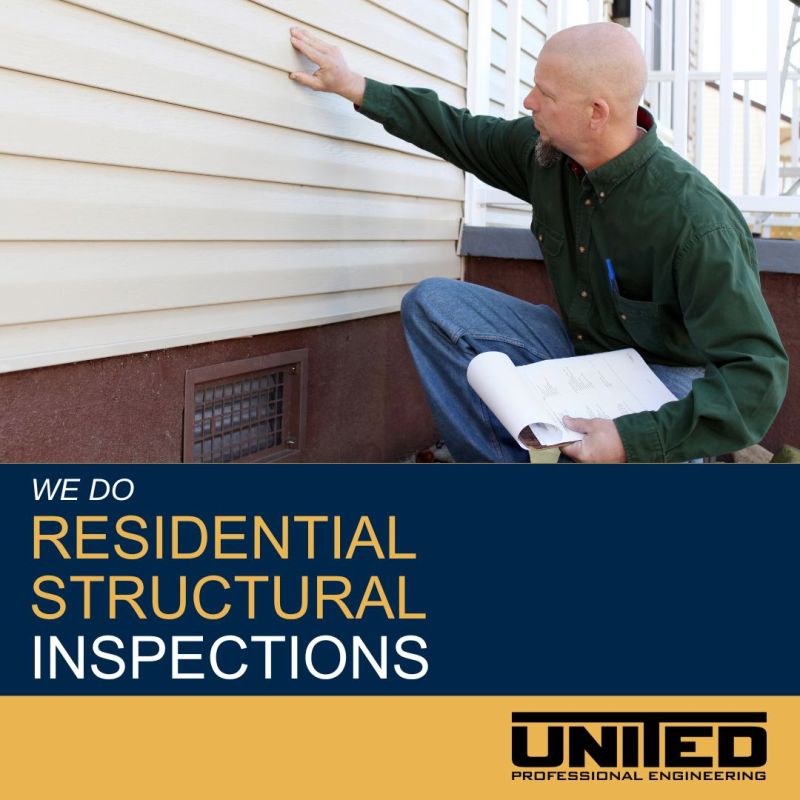

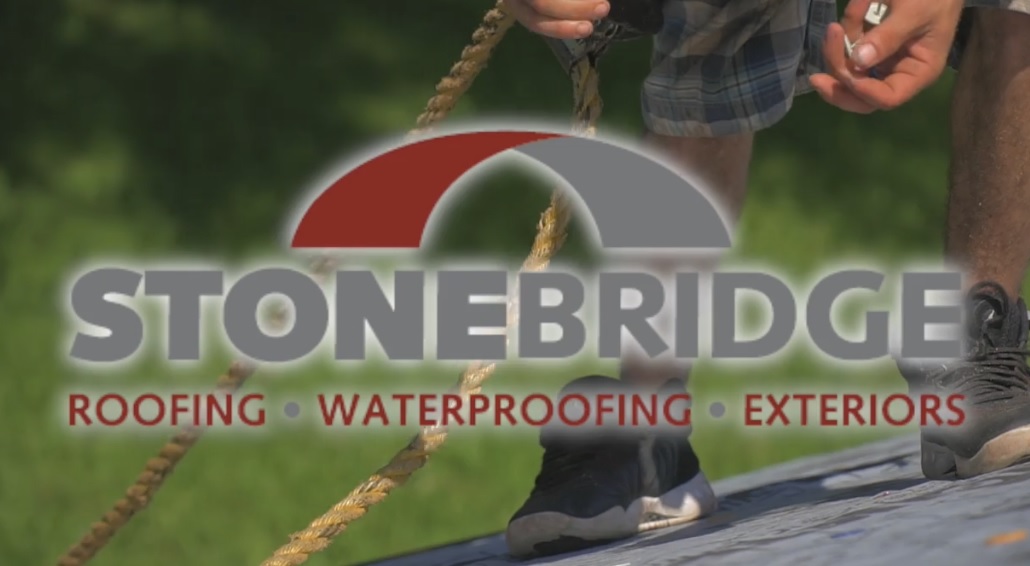
 water can enter the attic, travel along framing like trusses, and drip somewhere unrelated to the leak. If you see a new stain along an exterior wall or ceiling you may need an emergency repair.
water can enter the attic, travel along framing like trusses, and drip somewhere unrelated to the leak. If you see a new stain along an exterior wall or ceiling you may need an emergency repair. material that have dry rotted and broken away. For asphalt shingles, these are often small corners of a shingle, or in the case of shakes, small splinters of wood as these roofing materials begin to degrade with age.
material that have dry rotted and broken away. For asphalt shingles, these are often small corners of a shingle, or in the case of shakes, small splinters of wood as these roofing materials begin to degrade with age.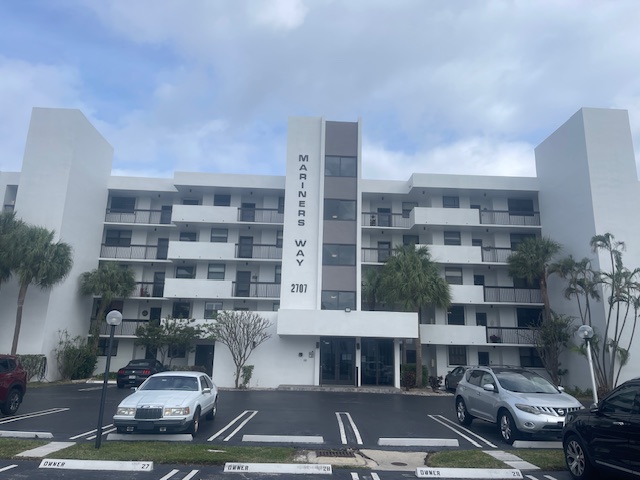





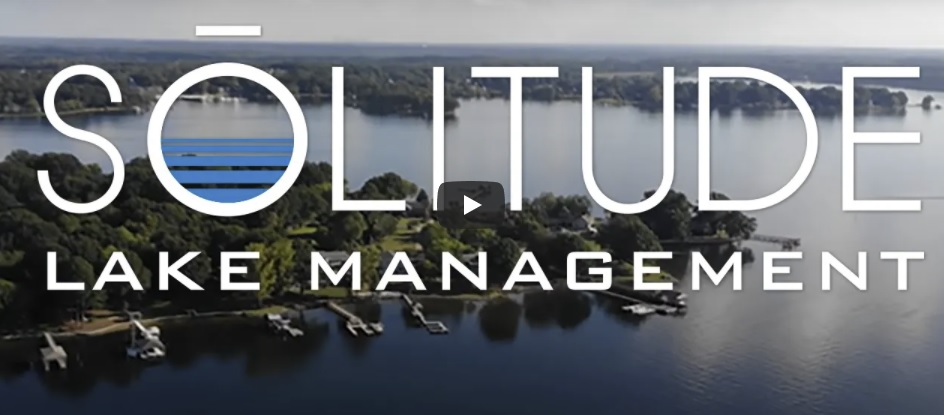






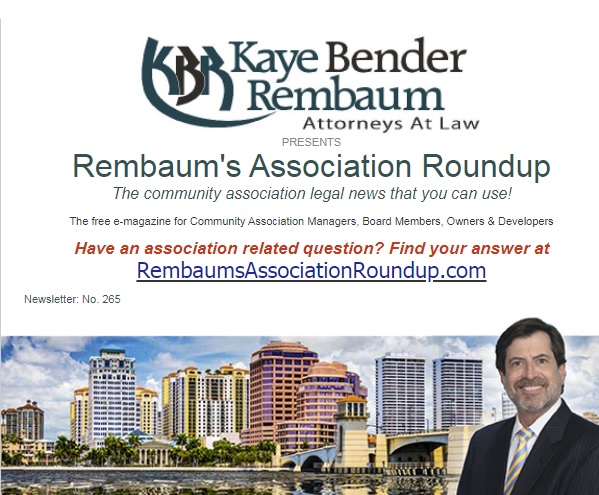
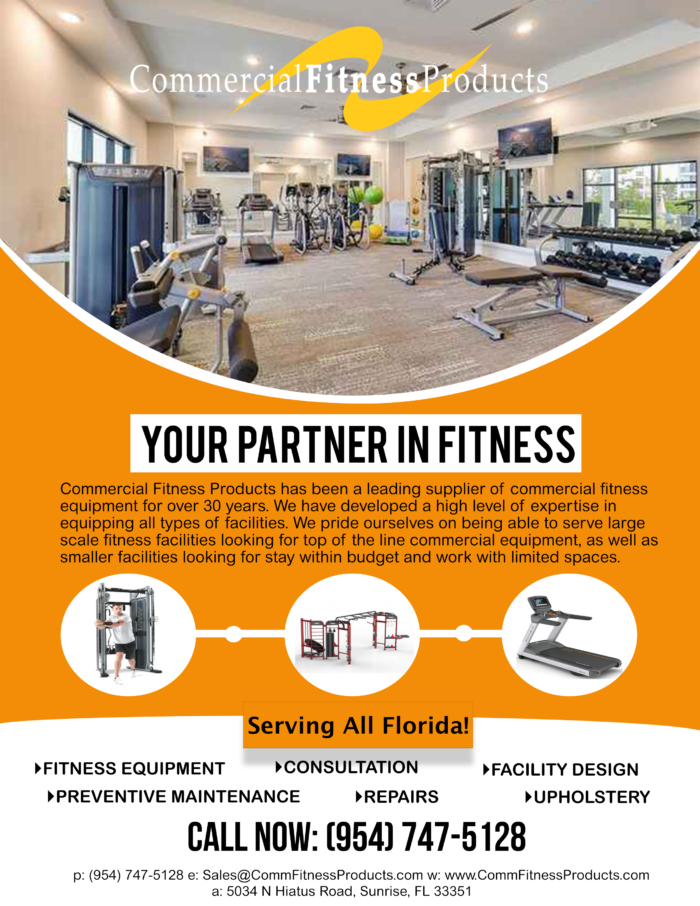

 Our consultants guide our clients from conception to realization of their fitness amenity. Through room layout (2D and 3D), budgeting, logistics, and installation. Unlike most companies, our work does not stop there, CFP sales and service department are available to assist clients with maintenance service and consulting for future fitness equipment needs.
Our consultants guide our clients from conception to realization of their fitness amenity. Through room layout (2D and 3D), budgeting, logistics, and installation. Unlike most companies, our work does not stop there, CFP sales and service department are available to assist clients with maintenance service and consulting for future fitness equipment needs.